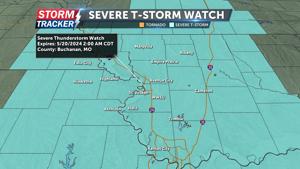
May 8, 2024 This article has been reviewed according to Science X's editorial process and policies . Editors have highlightedthe following attributes while ensuring the content's credibility: fact-checked peer-reviewed publication trusted source proofread by Alyssa Schaechinger, Texas A&M University College of Engineering Summer can be an extra challenging time for Texas's 189 major water supply reservoirs. With temperatures consistently reaching 100 degrees or higher, reservoir evaporation rates see high increases.
Accurate evaporation rate estimates are crucial for water resource managers, as reservoirs play an essential role in our social and economic systems by supplying water for agricultural, municipal, and industrial consumption. Reservoirs are also critical for mitigating impacts from droughts and floods. A recent study published in Water Resources Research highlights the efforts of Texas A&M University researchers Dr.

Huilin Gao and Dr. Bingjie Zhao, with co-authors from multiple institutions, state, and federal agencies. The research team has developed a more accurate method for estimating daily evaporation rates.
"This method will enhance decision-making processes related to reservoir operations, water rights allocation, and long-term water planning in Texas and beyond," said Dr. Nelun Fernando, manager of Texas Water Development Board's (TWDB) water availability department. Zhao, Gao, and their team developed a new computer algorithm to estimate daily reservoir ev.















